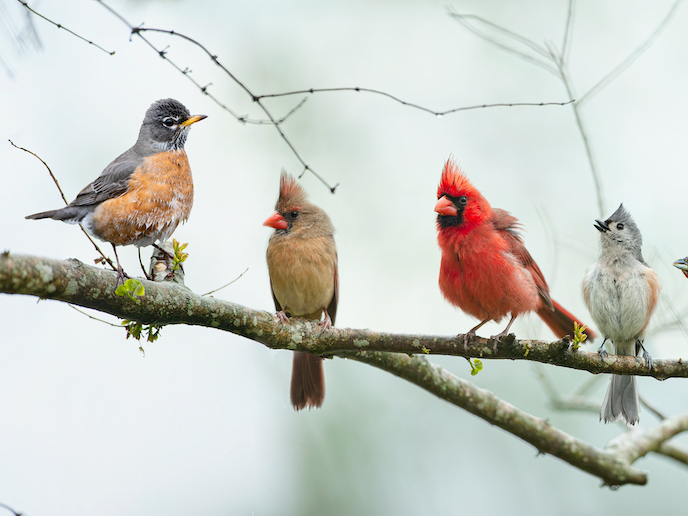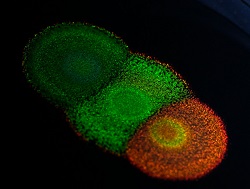Mapping bird’s brains to understand how they learn songs
The way songbirds learn to sing is a complex behaviour with many parallels to the way humans learn speech and language. But the exact ways in which this happens are unclear. The EU-funded DESYNE project dug deeper into the bird brain to find out more. DESYNE aimed to unravel the ultrastructural changes the songbird brain undergoes during vocal learning. The target was a specific premotor area of the songbird brain known as the HVC(opens in new window). The HVC plays an important role in song learning, being involved in both the perception and production of songs. To understand neural mechanisms involved with song memorisation and then emergence of adult song, DESYNE mapped the networks of synapse connections with the HVC. The idea was to explore the connections to understand how the experience of song learning worked. The research was undertaken with the support of the Marie Skłodowska-Curie Actions(opens in new window). “Neural circuit research in songbirds is technically very challenging, which is why a large emphasis has been put on the development of methods to enable such investigations. As a result, the project produced exciting novel technology to study the detailed structure and function of specific network components during vocal learning,” explains Daniel Düring, a professor at the Institute of Neuroinformatics(opens in new window) at the University of Zurich. The research could also have a major impact on humans in the future. “Given the many parallels between human speech acquisition and song learning in birds, we believe that insights on neural circuit structure will be generalisable and translatable to humans as well, and might help us to better understand and develop treatment strategies for speech-associated neuropathologies,” says Richard Hahnloser(opens in new window), also a professor at the Institute of Neuroinformatics and DESYNE project coordinator.
A simple song entails complex alterations in the brain
The project turned to zebra finches for the study. “The song of zebra finches is rather simple and stereotyped, which makes it easier to analyse than the songs of most other songbirds. Similar to human infants, young songbirds learn to copy their song from an adult tutor,” adds Hahnloser. To uncover and characterise the structural changes in the bird brain necessary for vocal learning, the team compared the brain structure of areas involved in both learning and production of the song, between birds that were either exposed to tutor songs or that never heard a vocal template.
New tools to reveal the secret of how birds learn songs
In order to study the structure and function of specific components in a network of neurons, there needs to be a way to selectively access and identify specific cell types. This is usually done using what is known as a viral vector(opens in new window), which uses fluorescent proteins to identify specific cells. Unfortunately, none of the existing viral vectors seemed to work for songbirds. So the team made their own. “Thanks to this project and an international collaboration between labs at ETH Zurich, the Max-Planck Society(opens in new window) in Germany and the University of Tokyo(opens in new window), we were able to design such a viral vector for songbirds, which we believe will help many other labs to study the neural circuits in songbirds with unprecedented detail and accuracy,” notes Düring.
A vector for future research
The team are now using this creation to advance their research along new avenues. “We are using our viral vector to study the structural development of a specific class of projection neurons, namely those connecting the vocal premotor area HVC with an area of the forebrain known as Area-X,” says Düring. The team are also further refining their technologies by trying to include synaptic marker signals when imaging large volumes of brain tissue.







